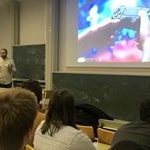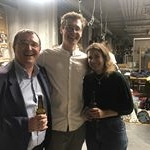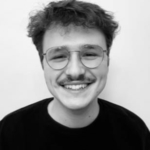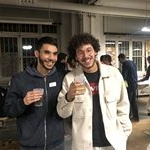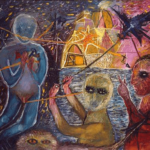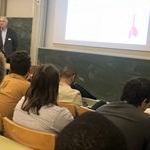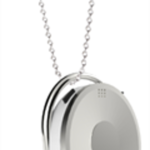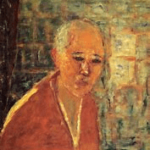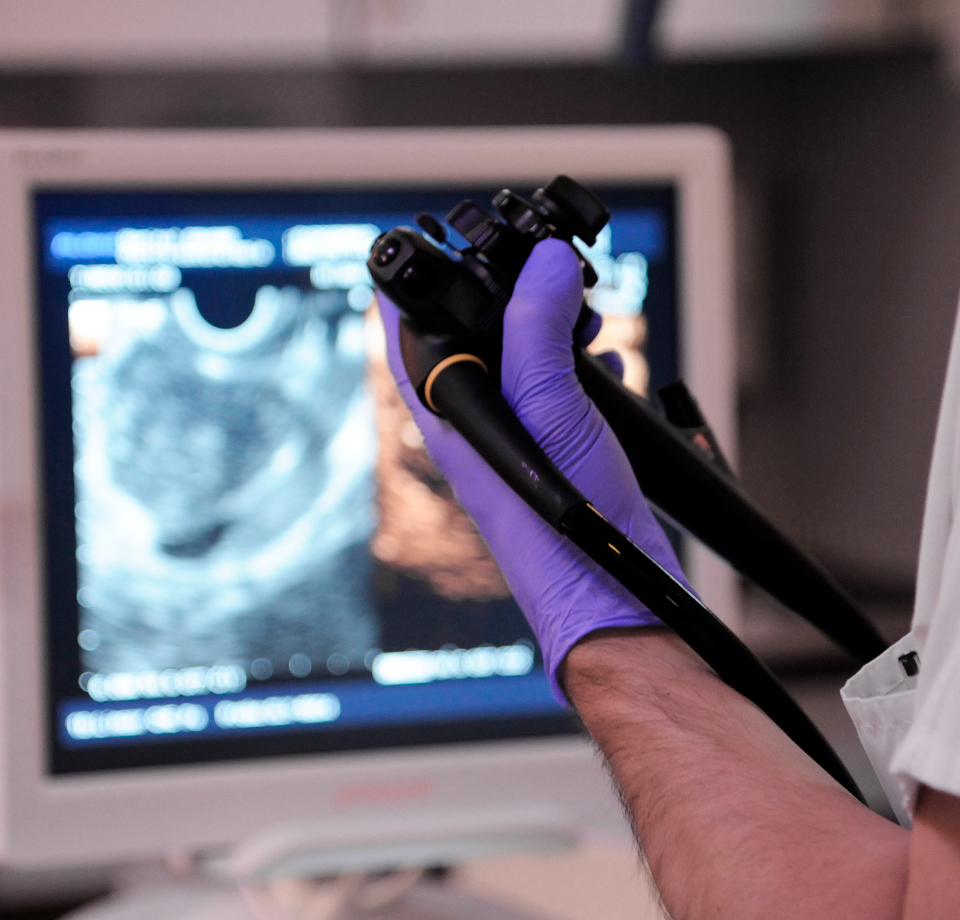
ENDOSCOPY : A REVOLUTION
For 50 years, flexible endoscopy has represented a revolution in the diagnosis and treatment of pathologies of the digestive tract, bile ducts and pancreas: the appearance of video-endoscopy, then high-definition endoscopy and finally echo-endoscopy, allows us to visualize the structure of the organ’s walls in an ever finer way, to define the stages of tumor infiltration and to examine the adjacent organs.
This has naturally led to considerable progress in terms of treatment and in the control of digestive hemorrhages, the placement of prosthetic device in case of stenosis, the extraction of gallstones, the treatment of surgical complications or abdominal collections.
More recently, these therapeutic abilities have expanded to include the resection of superficial tumors, and the treatment of obesity or functional pathologies of the digestive tract. It has even recently emerged that endoscopy may in the future play a major role in the treatment of diabetes or in certain liver pathologies leading to cirrhosis.
A FIRST ACHIEVEMENT FROM THE COLLABORATION OF PHYSICIANS AND ENGINEERS TO TREAT PATIENTS BY MEANS OF NATURAL ORIFICES THERAPEUTIC ENDOSCOPY
One of our first objectives was to develop a triangulation system that allows us to work “two handed» within the digestive tract, although traditional endoscopes have only one axis-oriented working channel, making the doctor a bit “one armed”.
This triangulation system was marked CE in 2011 and has been clinically tested. It allows, for example, physicians to perform real sutures and manipulate organs by lifting or affixing them.
Given the success of clinical trials, a first spin-off from the University, Endotools Therapeutics, was created: it commercializes a simplified version of this device, which helps treat morbid obesity by reducing the volume of the stomach naturally and through sutures.
From a research perspective, the triangulation system identified two important issues in therapeutic endoscopy:
- Lack of depth measurement when visualizing the digestive tract
- Lack of force measurement when handling tissues.
OUR RECENT REALIZATIONS
The first work on the Endomina device led to two new projects : Endoruler and Sensendo.
ENDORULER
The goal of the EndoRuler project is to develop an in-vivo dimension measurement system.
It can measure the size of polyp’s cavities before the installation of prosthetic devices and the evolution of benign and malignant tumors.
SENSENDO
The Sensendo project, in collaboration with the Electromagnetism and Telecommunications Department of the Polytechnic Faculty of Mons, has developed a miniaturized force sensor to be placed at the distal end of the instruments.
This device allows, for example, the precise injection of therapeutic compounds into the desired zone or the ” tactual exploration ” in augmented reality of certain lesions, allowing them to be better characterized.
OUR PROJECTS
Discover the projects supported by the Michel Cremer Foundation
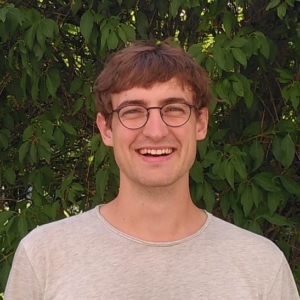
SOFTENDO - Project
Developed by the engineer Gilles Decroly, Softendo focuses on the realization of “smart materials” that allow complex, remotely controlled movements.
A technology designed to improve the management of endoscopic-treated diseases by natural ways.
Phenix - Project
Developed by engineers Orianne Bastin and Max Thulliez and Dr Alia Hadefi, the Phenix project intended to develop a new device in order to apply cold plasma onto the digestive mucosa membranes leading to the ablation of the latter.
This method could treat metabolic diseases such as type 2 diabetes, “fatty liver” or diseases such as Barrett’s esophagus.
The innovation relies on the physico-chemical nature of this novel medical application and its action potentially inducing a “programmed cell death”.
The research focuses
- on the development of the device and
- on the laboratory study of cellular and molecular effects when cold plasma is applied to digestive tissue.
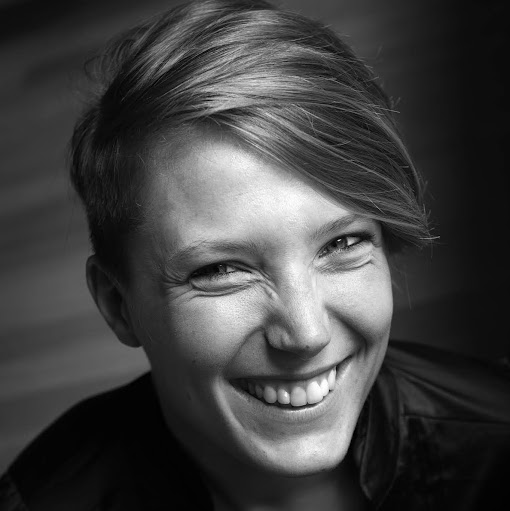
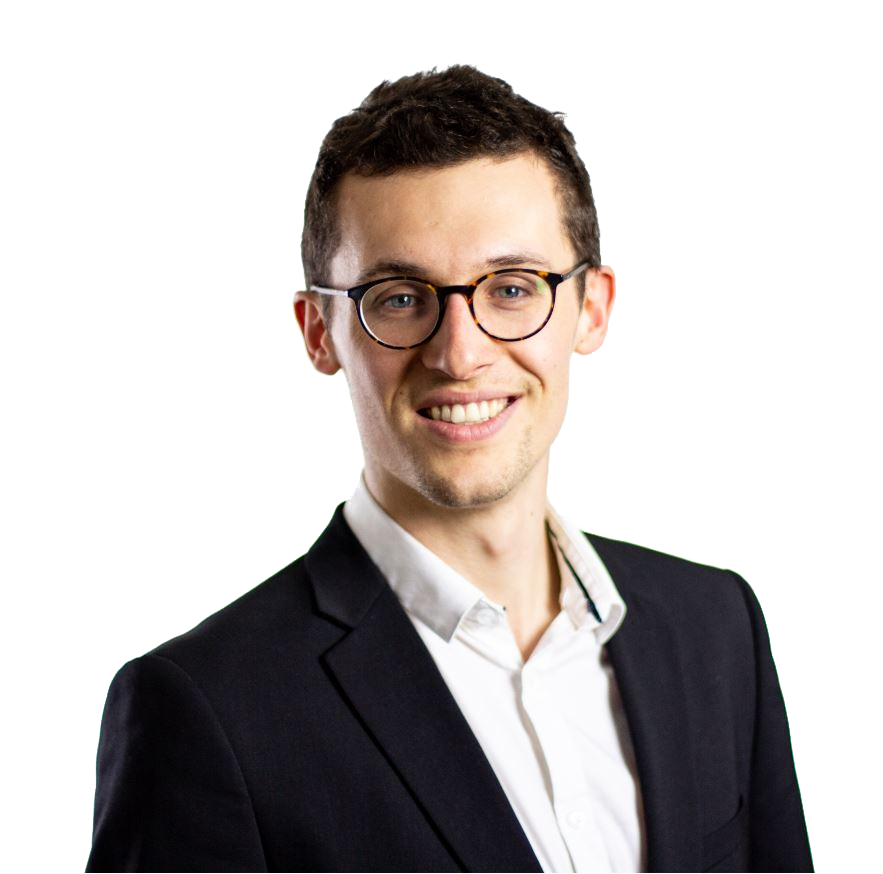

This collaboration was initiated between
- the Beams service of the Ecole Polytechnique de Bruxelles (Bio-Electro And Mechanical Systems),
- the IRIBHM Laboratory (Institute for Interdisciplinary Research in Human and Molecular Biology – Faculty of Medicine – ULB
- the Department of Structure, Interfaces and Nanomaterials Chemistry (ChemSIN) – Faculty of Science – ULB
- and gastroenterologists from the Department of Gastroenterology of the Erasme Hospital
with the support of the Michel Cremer Foundation.
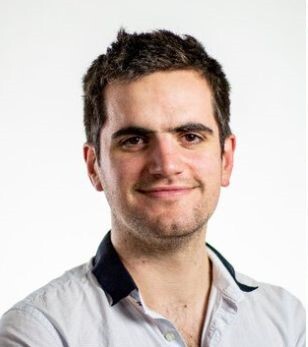
magus - Project
Developed by the engineer François Huberland, the MAGUS system (MAgnetic Gastrointestinal Universal Septotome) aims to treat via natural pathways rare diseases such as diverticulum.
MAGUS is an endoscopic procedure thanks to a flexible device that consists of two magnets linked by a wire, that allows to make incisions in the digestive tract, compressing the tissues instead of cutting them, which achieves a more gradual cut, to reduce the risk of perforation.
These original data suggest that the device is effective, safe and minimally invasive.


